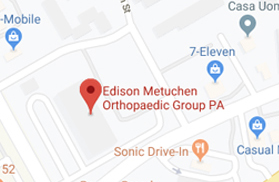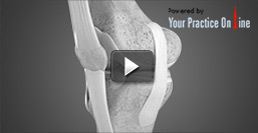Triple Arthrodesis
The foot is made up of 26 bones and 33 joints. Three joints at the back of the foot, namely, subtalar, talonavicular and calcaneocuboid joints allow the side to side movement of the foot.
Arthitis is inflammation caused when the cushioning cartilage present on the joints wears away. Arthritis causes pain, swelling, stiffness, and limited movement. The subtalar, talonavicular and calcaneocuboid joints can become deformed from arthritis. A long-standing deformity such as flat foot can also cause severe pain in these joints.
Triple arthrodesis is a surgical procedure carried out to fuse the subtalar, talonavicular and calcaneocuboid joints.
The procedure is performed under local or general anesthesia and takes around 2 to 2.5 hours for completion. Your surgeon will make two incisions on the foot to gain access to the joints. The damaged arthritic cartilage is removed and the bones are re-aligned. Bone graft is filled into the joints to help the bones to fuse. Metal screws and staples are used to keep the bones in place while they heal. The tissue layers and incisions are then sewed back together and dressed with a bandage.
Triple arthrodesis is indicated to relieve pain and correct deformities only when conservative treatment approaches such as NSAIDS (non-steroidal anti-inflammatory drugs), physical therapy, strapping, steroid injections and bracing fails to provide relief.
Triple Arthrodesis surgery may also be indicated for:
- Foot deformities that cannot be adequately braced
- Arthritis
- Flat foot
- Joint instability
- Neuromuscular disorders
As with any surgery, Triple arthrodesis involves certain potential risks and complications. Some of the risks include
- Non-union wherein the fusion site fails to adequately unite together
- Infection
- Wound healing
- Nerve injury
The risks are increased in patients with diabetes as well as smokers.
After the surgery, your leg will be placed in a splint that reaches up to your knee and you may require crutches for walking. You will be prescribed pain medication to relieve post-operative pain. The foot will have to be kept raised to reduce swelling.
During your post-operative visit, your foot will be examined to check that the fusion is healing and to remove your stiches. You will be prescribed compression stockings and your foot will be placed in a walking boot. Post-operative care usually involves physical therapy for about 6 weeks. You will be able to get back to work within 12 to 14 weeks once the bones have healed.
 Menu
Menu






